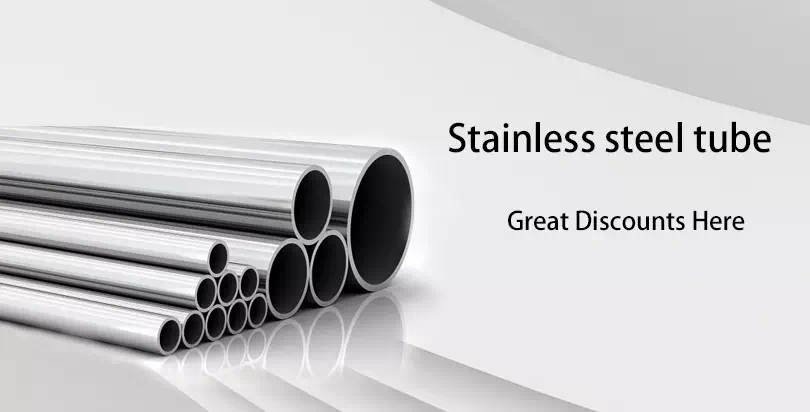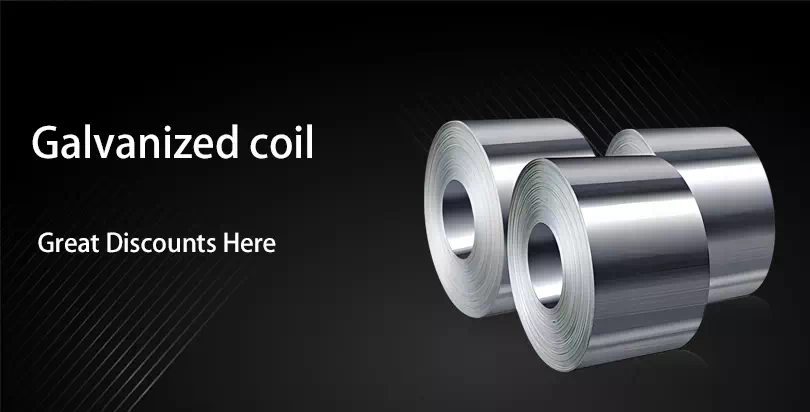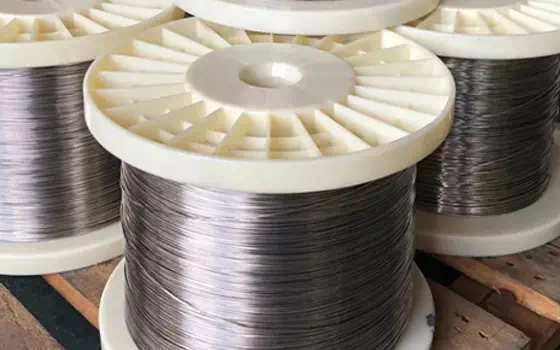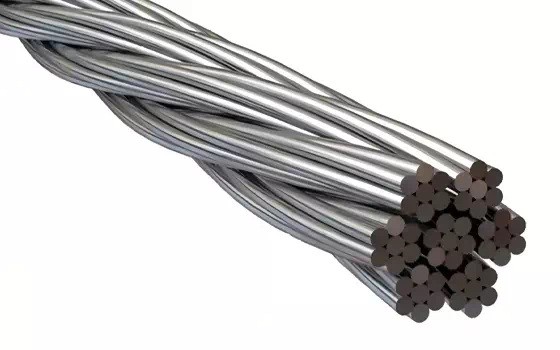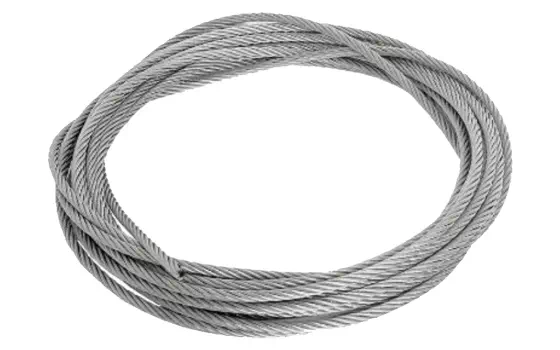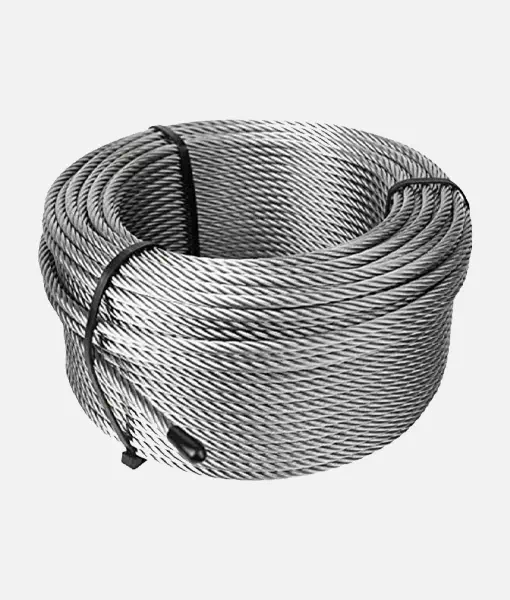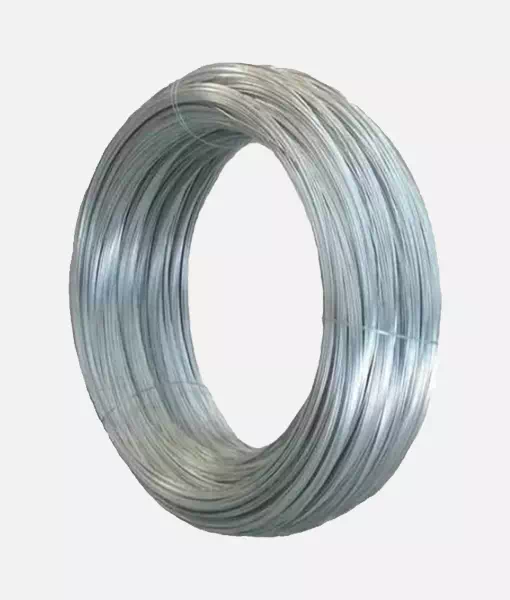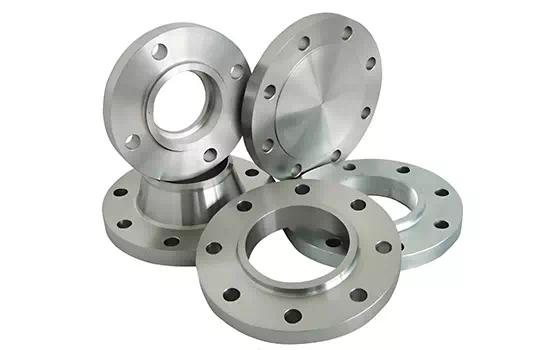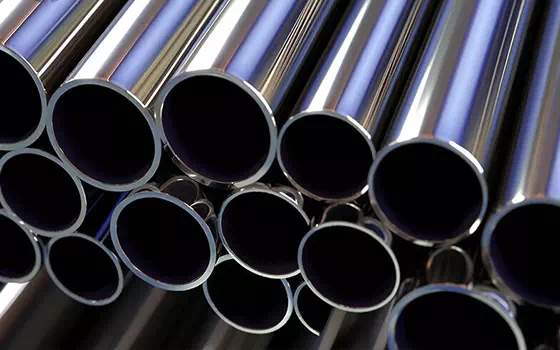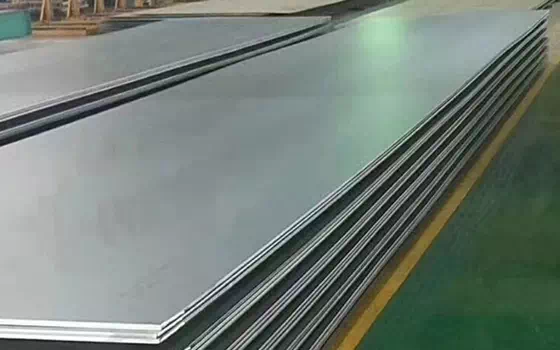Composition: Steel strand is usually composed of a number of high-strength steel wires twisted by a specific process. These wires are closely connected to each other, forming a structure with extremely high tensile strength.
In our daily life, although steel strand is not common, it plays a vital role in large-scale engineering projects and bridge construction. Steel strand wire is a kind of high-strength material made of many steel wires tightly twisted. Because of its unique structure and excellent mechanical properties, it is widely used in various important fields.
1. Composition and application of steel strand
Composition: Steel strand is usually composed of a number of high-strength steel wires twisted by a specific process. These wires are closely connected to each other, forming a structure with extremely high tensile strength.
Application: Mainly used in large construction sites, bridge construction and other places that need to withstand huge tension. For example, in the process of bridge construction, the use of prestressed steel strand can effectively improve the stability and durability of the structure.
Surface treatment: In order to enhance its corrosion resistance, the steel strand is usually coated with a layer of carbon steel or other type of anti-corrosion coating. In addition, a variety of different coatings are available to meet the needs of specific environments.
Two, the main types of steel strands and their characteristics
Prestressed steel strand
Definition: This is a kind of steel strand that can produce internal stress after special treatment.
Advantages: Better elastic modulus and longer service life; Suitable for demanding engineering projects.
Galvanized steel strand
Features: The outer layer is covered with zinc, providing additional protection against rust.
Application scenario: Especially suitable for outdoor or humid environment, such as offshore platforms.
Other kinds
In addition to the above two commonly used types, there are also some less common varieties, such as stainless steel strand, aluminum alloy strand, etc., which each have unique properties suitable for specific situations.
Iii. Brief introduction of manufacturing process
Monofilaments and twisted wires: According to actual demand, the manufacturer will produce individual steel wires (that is, monofilaments), and then twist these monofilaments to form the desired shape according to certain rules. For some special requirements of steel strand, it may be directly processed in the form of strand.
Galvanizing process: If the product requires additional corrosion protection, a single steel wire is hot dipped or electroplated to add a zinc layer.
Finished product packaging: The final steel strand is wound onto the I-wheel for easy transportation and storage. When ready to ship, simply ship the entire wheel to its destination for quick deployment.
Four, quality control points
Tensile test: In order to ensure the consistency and safety of each batch of products, all must go through a strict tensile test before leaving the factory. The purpose of this step is to check that the material meets the expected standards and to exclude any products that may be defective.
Anchor fixing: In order to ensure the safety of the installation process, special anchors (such as jacks) are usually used to firmly fix the steel strand to prevent displacement or even fracture due to external force.
Length measurement: Since direct measurement is very difficult, indirect methods are often used to determine the required length in actual operation, such as calculating the amount of change before and after stretching to estimate.
To sum up, although we rarely come into contact with steel strand in daily life, it is undeniable that it occupies an indispensable position in modern engineering construction. From the selection of raw materials to the production process and final inspection, every detail reflects the engineers' attitude towards quality. I hope the above information will help you understand more about this important building material!


